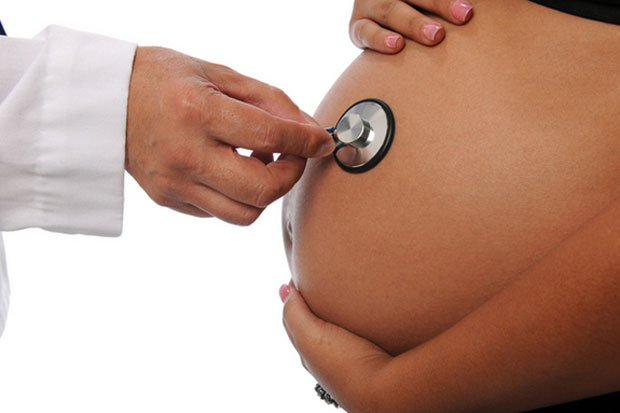C-Section Shift: Rate Drops at 38 Weeks, Rises at 39

The U.S. rate of Cesarean section births is holding steady, although there has been a drop in the rate of c-sections performed on babies born slightly earlier than full-term, a new report says.
Between 2009 and 2011, the rate of c-sections was unchanged, lingering around 31 percent, according to the report from the Centers for Disease Control and Prevention.
However, the rate of c-sections for babies born between 37 and 38 weeks declined 4 percent, while the rate of c-sections for babies born full term, between 39 and 40 weeks, increased 3 percent. (In the past, doctors considered babies born anytime after 37 weeks to be full-term, but recently this has changed. Babies born between 37 and 38 weeks are now considered "early-term.")
Essentially, the two trends cancel each other out, so there is no effect on the overall rate of c-sections. Both of these trends were consistent regardless of age and ethic group, the report said.
Over the same time period, the overall rate of U.S. births at 38 weeks declined 2 percent, and births at 39 weeks increased 2 percent.
This shift towards longer pregnancies is consistent with recent efforts to reduce unnecessary (not medically needed) cesarean deliveries and labor induction before 39 weeks of pregnancy, the researchers said. Delivery before 39 weeks of pregnancy is linked with an increased risk of complications and death for the newborn, compared with delivery at 39 weeks or later, according to the American College of Obstetricians and Gynecologists.
"Each additional week of pregnancy [before full-term] is very important," said study researcher Michelle Osterman, a health statistician at the CDC's National Center for Health Statistics.
Get the world’s most fascinating discoveries delivered straight to your inbox.
Experts said it was good news that more babies are being delivered at 39 weeks or later, but the overall rate of c-sections is still too high.
"We're glad that they're being born later, but it would be better if they were being born by spontaneous vaginal delivery," rather than c-section, said Dr. Edward McCabe, chief medical officer of the March of Dimes, who was not involved in the study. "We need to work to get the overall cesarean rate decreasing," McCabe said.
Before the current plateau, the c-section rate increased for several decades, rising 60 percent between 1996 and 2009.
There are certainly cases in which c-sections are medically needed, but sometimes, doctors or patients use c-sections as an opportunity to schedule a birth at a time that is convenient, McCabe said.
It's preferable that women are allowed to enter labor naturally, McCabe said. C-section is a surgery, and so it comes with risks to the mother.
"Anytime there's a lower c-section rate, I think is good because there's a lot of risk involved in c-section delivery," Osterman said.
McCabe said the March of Dimes has a program in 100 hospitals aimed at reducing c-sections and labor inductions prior to 39 weeks. The program not only educates doctors, but also empowers nurses and administrators to question the scheduling of a delivery prior to 39 weeks if there is not a medical reason for the delivery, McCabe said.
Follow Rachael Rettner @RachaelRettner. FollowLiveScience @livescience, Facebook & Google+. Original article on LiveScience.com .

Rachael is a Live Science contributor, and was a former channel editor and senior writer for Live Science between 2010 and 2022. She has a master's degree in journalism from New York University's Science, Health and Environmental Reporting Program. She also holds a B.S. in molecular biology and an M.S. in biology from the University of California, San Diego. Her work has appeared in Scienceline, The Washington Post and Scientific American.


